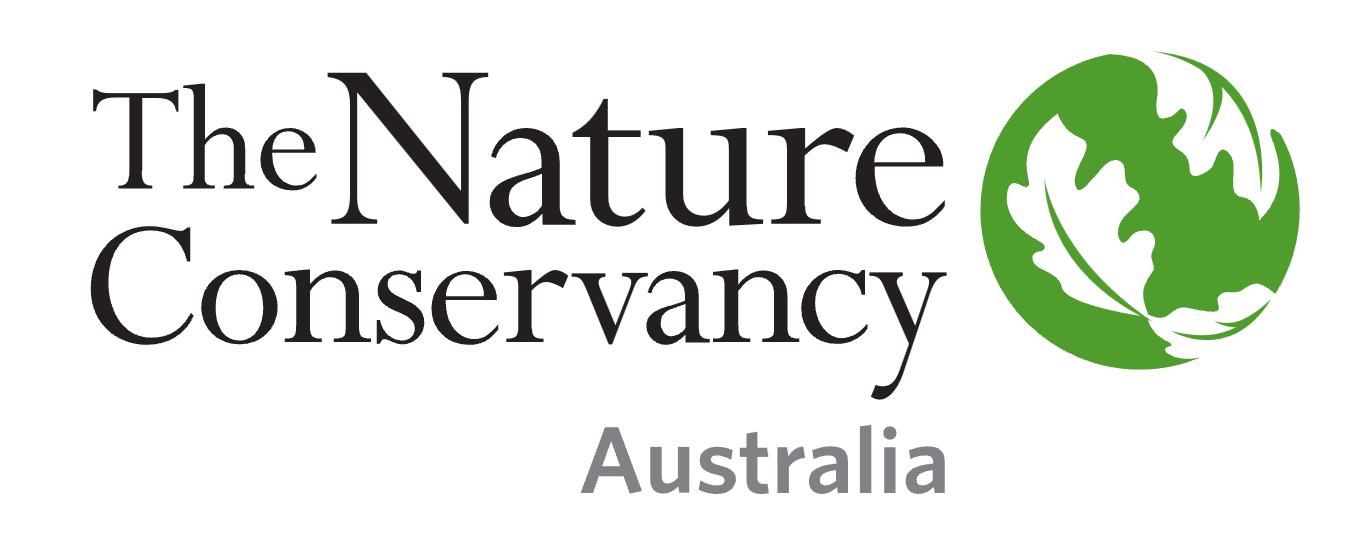Coastal Waters (Australia) | Coastal Waters (Australia) | Victoria Coast, VIC
Type of resources
Topics
Keywords
Contact for the resource
Provided by
-
It is recognised that Indigenous communities are likely to be impacted by Offshore Renewable Energy (ORE) wind farm developments. This work conducted a desktop study to identify Traditional Owner interests in areas adjacent to current ORE development areas. The purpose of the work was to gauge the extent of existing knowledge on cultural values and list appropriate avenues for future engagement with Traditional Owners to better understand the potential impact of ORE developments. This included identifying existing Sea Country plans for these communities, identifying existing information on cultural values, investigating Indigenous Cultural Intellectual Property, and further notes on preferred methods of engagement for these Indigenous communities potentially impacted by ORE developments. This raw spreadsheet of compiled information is withheld due to cultural sensitivities, but a synthesis of information is available in the Project 3.3 final report: see sections 4.8, 5.8, 6.8, 7.8 & 8.8 (https://www.nespmarinecoastal.edu.au/publication/guiding-research-and-best-practice-standards-for-the-sustainable-development-of-offshore-renewables-and-other-emerging-marine-industries-in-australia). Please contact the NESP Data Wrangler (Southern node) to discuss access to the raw spreadsheet of information: Emma.Flukes@utas.edu.au
-

Australia's kelp forests are among the most productive and biodiverse ecosystems on the planet. Giant kelp (Macrocystis pyrifera) can develop extensive forests and create dense surface canopies, providing a variety of ecological functions and ecosystem services including carbon sequestration, nutrient cycling and habitat provision. Giant Kelp forests naturally fluctuate from year to year and experience dramatic interannual variability. However, over the last 4–5 decades, a ~95% loss of surface-canopy forests has been recorded in eastern Tasmania due to a combination of ocean warming, changing currents, recruitment limitation, and intense herbivory by expanding sea urchin populations. While kelp forests also occur on mainland southeastern Australia, relatively little is known about the ecology of Giant Kelp in this region. In recognition of the species' rapid declines in eastern Tasmania and the lack of data elsewhere, Giant Kelp communities in Australia were declared an endangered marine community in August 2012 under the EPBC Act. Given the conservation status of Australian Giant Kelp communities, ongoing threats, and absence of a sanctioned recovery plan, there is an urgent need to establish the current extent for Giant Kelp in Australia, and to monitor changes over time. Historical aerial surveys techniques are costly, logistically difficult, and prone to cloud interference - impairing the ability of resource managers to consistently assess Giant Kelp abundance and distribution across jurisdictions. Recent improvements satellite remote sensing techniques now offer a reliable and cost-effective means for long-term kelp canopy monitoring at broad spatial and temporal scales. This project mapped the surface canopy of Giant Kelp forests from 2016 to 2023 using 3 m resolution satellite imagery across the known historical range in Tasmania, Victoria, southern New South Wales, and eastern South Australia. The mapping workflow was divided into the following broad steps: • Generate a precise land/water mask to exclude intertidal areas • Create a first-pass machine learning (ML) classification using Sentinel-2 (10 m) imagery • Acquire and process PlanetScope (3 m) daily imagery • Train and evaluate a second-pass ML model for kelp detection using PlanetScope imagery • Visualise results via an interactive Earth Engine application to enable input from expert review ---DATA DESCRIPTION--- • KelpWatch_KelpExtent_ALL_shp.zip: binary kelp extent - by year x zone (near-coast & estuary/embayment vs open water) • KelpWatch_KelpProb_ALL.zip: continuous probability of kelp - by year x zone x threshold (low vs high)
-

This project developed an interim Population Consequence of Disturbance (iPCoD) model for blue whales (Balaenoptera musculus) and southern right whales (Eubalaena australis) to document a methodology for assessing population-level impacts of one, or multiple, wind farm developments off the southern Australian coast. The iPCoD model was developed in Europe to quantify how disturbances of individuals caused by physiological injury or changes in behaviour can have population-level consequences in data poor marine mammal populations. This model was adapted to suit Australian marine mammal species, highlighting key data gaps for locally threatened populations that overlap in range with the declared offshore wind areas in Australia. Due to the lack of baseline data currently available, this study documented a framework that can be updated as more information becomes available. We outlined how to leverage simulation-based population modelling as a tool for policymakers, industry and management authorities, to aid in environmental impact assessments, with a specific focus on data poor marine mammal populations.
 IMAS Metadata Catalogue
IMAS Metadata Catalogue